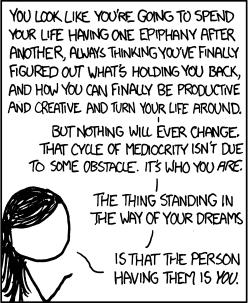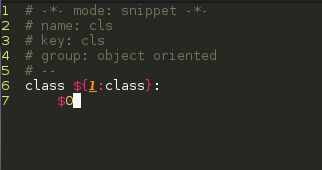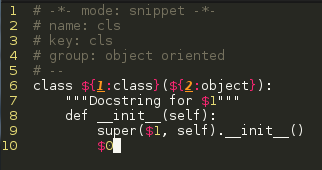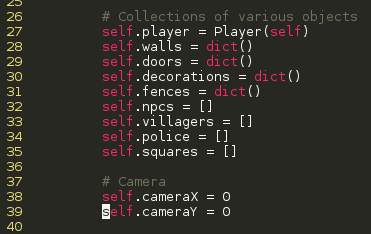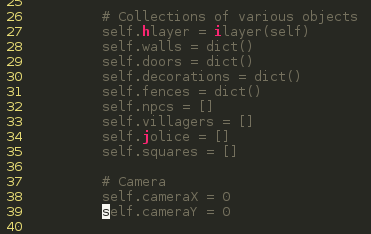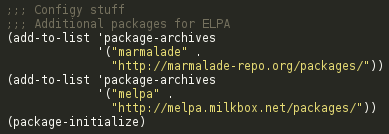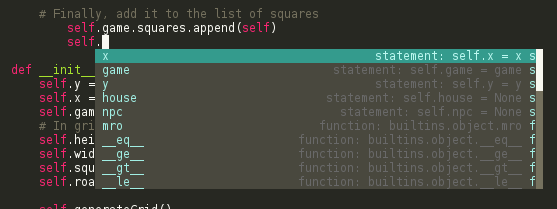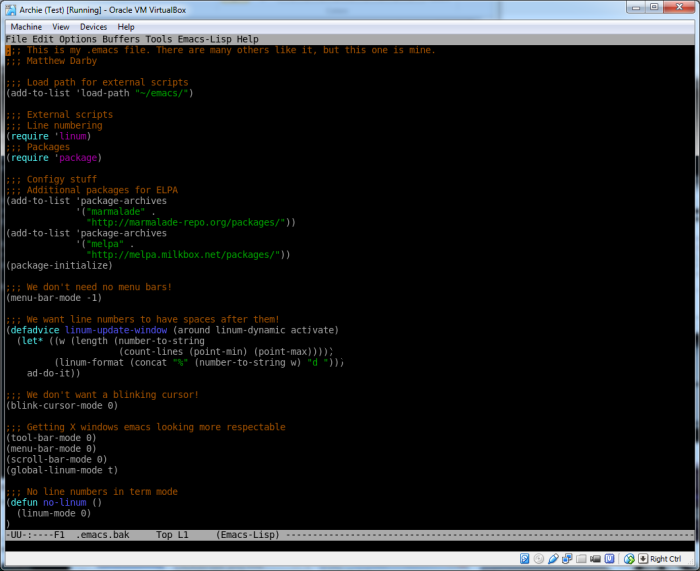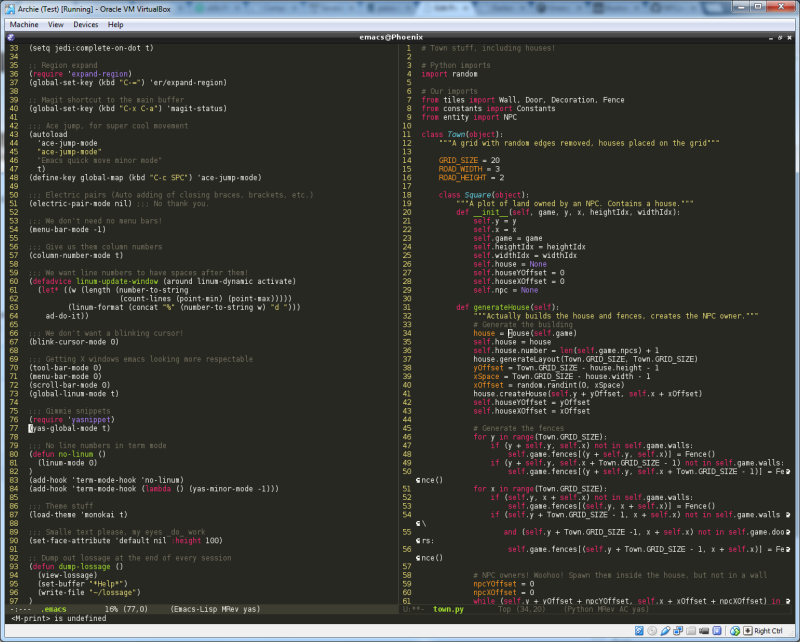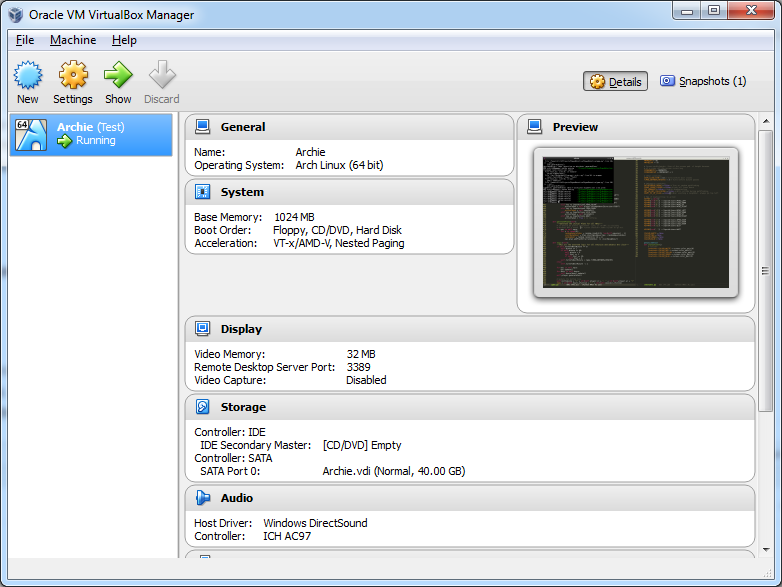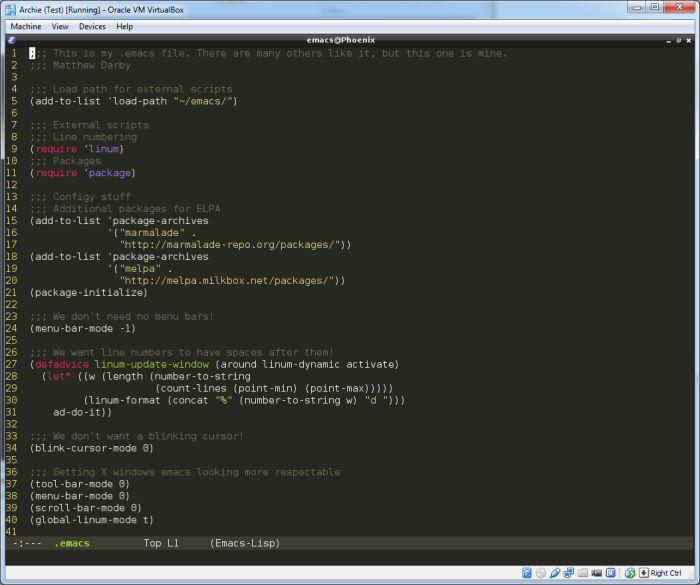Last week, I had the unique opportunity to visit an indoor rodeo. It was surreal. I’ll just sum up what happened, maybe talk a bit about how insane it felt.
The arena was probably the size of your average circus, and it was packed. Like, full. This is an event that happens every Friday and Saturday, and they still fill to near capacity every week. That had to be a vote of confidence, right? After what felt like an eternity of sitting around, the MC started his spiel about the importance of rodeo and how it’s a Texas institution and everything. It was interesting, but it took forever. At the end of it, he asked for everyone to stand for the national anthem. Okay, that’s not so weird, right? The strange part came immediately after.
Spotlights lit up the arena as a horse-mounted man carrying the American flag entered. He started to circle the ring, trotting slowly at first. As the anthem progressed, the trot sped up until man and horse were full-on galloping. This was working up the crowd like crazy. I hadn’t seen anything like it: All he was doing was going in a circle, big smile on his face… Red, white, and blue clothes to go with the flag. And the crowd loved it! I got carried away in the atmosphere as well, of course. The same guy would later carry a flag in-between the various acts to come. The only difference the following times was that the flag wore an advert rather than the stars-and-stripes. They sure love flags in Texas.
With the required patriotism dealt with, it was time for the first event. Six or seven young men had decided to take on the bull. The task? Stay mounted on the bucking bull for eight seconds. Just eight seconds. This is impossible, it’s not like those mechanical bulls which slowly reach an unreasonable speed. An actual bull goes from zero to sixty in the time it takes to open the gate. These guys were flying every which way. The moment they fell off, they’d roll, get up, and run the hell away while the rodeo clowns attract the bull’s attention and stop it from kicking the fallen rider’s head off. Amazingly, only one guy managed to hurt himself. He ended up banging his head hard against the gate as he fell off the bull. He could barely walk, and he had blood pouring from a wound on his temple. He tried to wave to the crowd to show he was okay, which ended with him in a pile on the floor. It was genuinely scary.
I heard later on that they do some pretty terrible things to the bulls to get them worked up so much.. It’s not good, and not surprising. It’s enough to make you want to not go again, you know?
Anyway, after the riding there came another event. This time, they let a young cow loose from one end of the arena while a horse-mounted cowboy attempted to lasso the cow’s head before leaping from the horse, throwing the cow to the ground, and binding its legs. This is weird to describe and even weirder to watch. The scary thing here is that the fastest one guy did all this was nine seconds. It looked like a scene from a western, which I imagine may be the point. The strength these guys had to throw the cows down must have been huge. It did not look very comfortable for the cow nor the cowboy.
Then, after a few failed attempts, a few successful ties, it was time to move on to the intermission. And this was when the night got bizarre.. bizarrer, rather. The MC asked for all children aged between 7 and 12 to enter the arena. I was already getting a huge Battle Royale/Hunger Games vibe, but no. The actual event was even more questionable. Once the kids were in the ring, they were lined up along the centre. There must have been about fifty children in total. The objective was then described by the MC: A single calf was to be let loose in the arena with a sticker on it. The kid who managed to get the sticker won a prize. Yes, that’s right. Fifty children versus one calf. It was like watching ’28 Days Later’. There was strategy involved, some of the children running towards where they expected the calf to be, rather than where it was at the time. Once the calf was cornered, you couldn’t see what was happening to it. That’s how the dense the child-cloud was around the calf. At the end of the ordeal, the calf seemeed fine, if stressed. One kid nearly got trampled by all the others.
Post-intermission, it was time for more of the same. There were variations on the previous themes: More bull-riding, more cattle-rustling.. And the return of the popular ‘children chase animals for prizes’ game, this time with a lamb and children aged under seven.
I’m not sure how I feel about the whole thing, in the end. It was definitely entertaining, if morally objectionable at times. It’s probably a see-once-never-again sort of thing. If you like animals, I wouldn’t recommend it. I have a few pictures, I’ll update this post when I get a chance.
